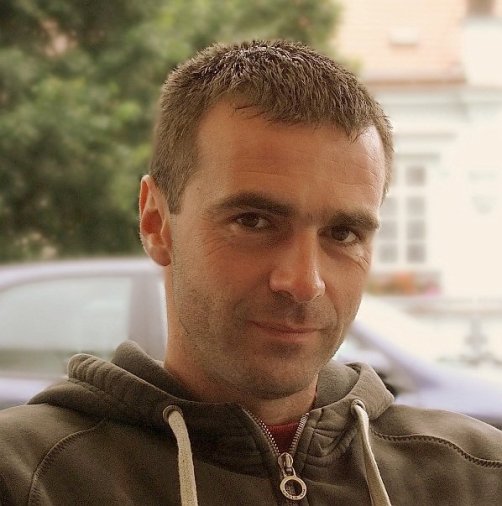Special effects expert Pavel Policar got started in commercials eight years ago. Since then he’s worked in Prague on such major film productions as AvP: Alien vs Predator, both Chronicles of Narnia films and Babylon A.D. He talked with us about his experiences on set.
CFC: You’re often credited as a “snow technician”. How do you make it snow?
Pavel Policar: The snow comes in a bag, usually. It’s made from paper. You mix it in a machine that blows it through a long hose, and you spray it where you want it. Usually we use paper snow to cover the ground and foam snow for falling flakes, but it depends on what the director needs. If a steadicam operator needs to run through the snow, it mustn’t be slippery, but f you have a stunt where a car needs to spin around, I have to use a different material. For a close-up, like snow sticking to a frosty window, we use something else.
What has been your most challenging production so far?
Babylon A.D. We had a scene with a submarine surfacing and diving again. We shot it in an 800-cubic-meter pool on the Barrandov Studios backlot. The submarine weighed 10 tons, and we raised it with hydraulic pistons through the “ice” – 15 centimeters of wax which we poured on the water and then covered with snow. There were stuntmen running all over the submarine and falling in the water, so we had to be very careful to keep track of who was where.
Is safety a big issue in your work?
Definitely. We always say: Safety first, safety last. Even smoke can be dangerous. We can fill a pub with smoke, just so you can see the sun beams, or we can make big clouds to hide entire houses from the camera. It’s easy if the wind cooperates, but if not, the cloud can roll onto the highway and cause traffic accidents. You always have to be careful.
What about the environment? How do you clean up all that material?
I usually use specially-modified paper which is safe for the environment, like fallen leaves. But every location is different, and after every shoot we bring in a cleaning crew that restores the location to its original state. In my experience, the locations end up cleaner than before the shoot. I always try to use the latest technology and the most environmentally-friendly materials.
You’ve worked with producers from all over the world. How are they different?
Russian and Czech producers prefer a more familiar, informal working relationship. They ask me for an effect and expect me to figure out how best to do it. American, British and French producers always want to stick to what they’ve got written down. Partly that’s because they usually have bigger budgets, and special effects can be very expensive. Working on international productions gives me an opportunity to learn and be more creative. Then I can take that experience and use it on a local production.
Which production has given you the most satisfaction?
It was a Czech film last year, Peklo s princeznou (in English, Hell With the Princess). It’s a fairy tale. The producers, Bio Illusion, put me in charge of all the special effects and let me do what I wanted. My son saw it four times and he and his friends said it was really good, so I’m proud of that. As the title suggests, part of the story takes place in hell. We had a lot of special effects – hydraulics, fire, smoke, burning walls, etc – as well as some visual effects. Such films often have special effects, but I always try do things differently. It’s more interesting for the audience that way.
What are you working on now?
I’m working a lot on Czech productions and for theaters and clubs. Right now is a hard time for the Czech film business.
There’s a lot of news lately about the Czech government creating incentives for filmmakers.
Right. I’m glad the government understands the difficult time we’re having. And it’s not just for the film industry. The politicians know that we need their help to compete with other countries, maintain our infrastructure, save jobs, promote the country’s image and contribute to the economy.
